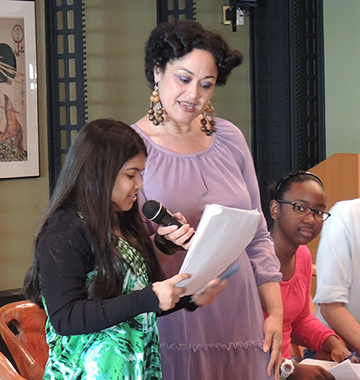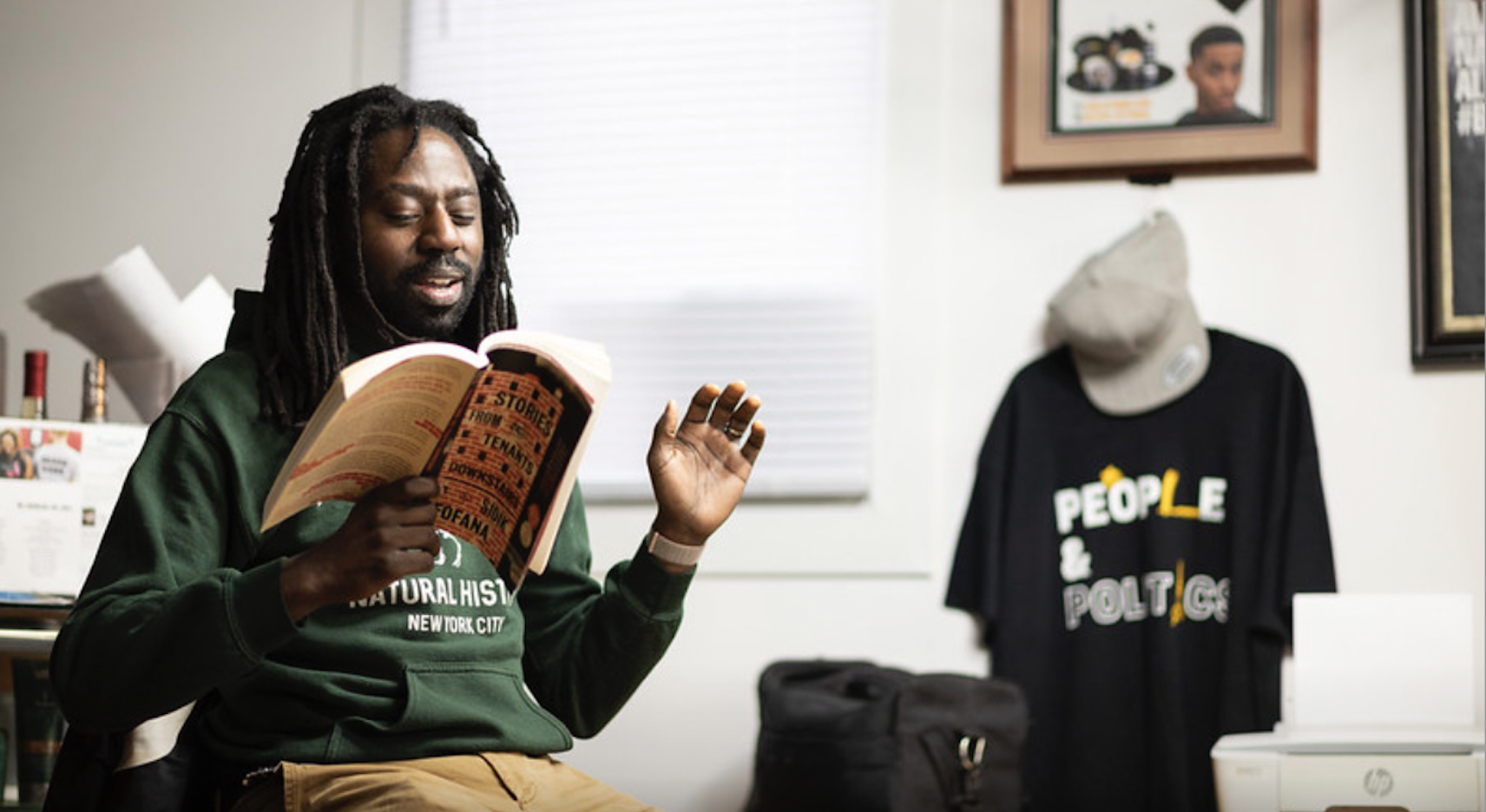If you see me rolling down a steep hill right after a rainfall or kneeling down while crying in my mother’s backyard or creeping up to the blooming blackberry bush in early April, I’ll tell you why. I’m writing a story. A story about an adorable red fox kit who leaves the den too soon, and on his search for food he finds an older woman grieving for her husband who recently passed. She can’t stop the tears (and an abundance of memories) from flowing when she stands in what once was their garden.
It’s based on a true story. My father passed away on March 22, 2012, at the age of 63. After a long battle with cancer, his body had enough and gave up. Well, that’s the shortened version anyway. At the time, I was teaching first grade full-time while working on my graduate studies at Teachers College, Columbia University. There was a lot on my plate, so I decided to take a short break and stay with my mother in her home where I grew up.
Our three weeks flew by. We sat by my father’s side and said our goodbyes until he took his last breath. We planned his funeral. We sorted through some of his possessions—I took his cufflinks and my sister took the stethoscope. We played with my niece and nephew because they made us laugh. We invited my grandmother over for very important reasons that did not exist. And we cried. We cried in the kitchen, in the car, in my parents’ bedroom while sitting on his side of the bed. We cried on the porch, at the bank, and in their backyard where a garden once grew that my father watered every summer evening around seven.
Despite all the grief, the anger, and the absolute depression, this whole process was beautiful and I reveled in that beauty. There were so many moments when we felt like everything was out of our hands and the world was taking care of us.

For example, a pair of cardinals visits my mother frequently, but during these three weeks, just the male came, as if to say I am here and I am looking after you. Right before he died, my father dreamed of Prince, our lost dog, and I couldn’t help but believe he was being welcomed. And when I came home, back to Brooklyn, my mother was not left alone. An adorable red fox kit—he left his den too soon—came to visit every morning from the woods behind her house.
“He’s here again,” she whispered to me over the phone, one late April morning as I walked to school.
Six months later, under the care of a writing group lead by author Sarah Weeks, I started my story. There were many critiques and multiple versions, and at some point I received the best writing advice, hidden amongst suggestions to make the fox’s inner voice stronger. It was from a fellow teacher and dear friend, Emilee.
“These revisions need to be lived,” she wrote in pencil. Those are her exact words. I’m holding the marked-up manuscript right now.
She was right. In order to really finish this story, I had some living to do. The type of revisions that I needed to make were not those that could be done by spending a Sunday at Pillow Cafe, sitting in front of the computer screen. They needed to be lived.
After reading Emilee’s advice, I visited my mother. I crawled from the woods that the fox kit came from to see exactly what he could see and how he saw it. I walked around the backyard, and occasionally cried standing by the garden like my mother did. I watched her from the exact spot where she saw him. Through the kitchen window, a loneliness appeared. I allowed time for us to grieve and cry together. We stood at my father’s gravesite for only a few minutes—that’s all we could bear. The living needed to come in the not moving on, I don’t believe in that—but the going forward without him. My revisions needed time.
Later that year, I decided that the idea of living your revisions was something I wanted to teach to my first-grade writers. I told them an abbreviated version of how this idea came about, and I showed them how I was living my revisions with a story that I had created with them. It was the story of Jorge, a young boy who lost his lucky bottle of nail polish right before the football championship game. I read them my most recent draft and modeled, by thinking aloud, places I could improve by living my revisions.
Later that week, I found Upside Down Man hanging upside down in his chair and I heard Emma neighing, changing her intonation each time to find the difference between an angry and a sweet neigh.
“Maybe I’ll start wearing nail polish so I know what it’s like.” (And I did. Blue Me Away is my preferred color.) “Last night I gave my good luck charm to my neighbor so I would feel like Jorge. I wonder if it’s bringing her luck? That gives me an idea! I’m going to go back and revise that part.”
Although it flew over some of their heads, one writer got it immediately. Charlie. Picture this: everyone is quietly writing, two teachers are conferring, and Charlie, up and about, is rolling a penny and stomping it on the floor with her foot.
“I’m trying to figure out how to stop a penny that’s rolling,” she said. “It’s a really important part of my story.”
She had already written this part, but after my lesson on living your revisions, she decided that it wasn’t good enough. She wasn’t going to settle (back in her seat) until she figured out how the main character in her story stopped a rolling penny with her foot.

Charlie’s enthusiasm was contagious. Later that week, I found Upside Down Man hanging upside down in his chair and I heard Emma neighing, changing her intonation each time to find the difference between an angry and a sweet neigh.
My students made some noticeable strides in their writing and I believe they learned a lesson that went beyond what they wrote on the page. Writing and revising is about living and learning. Their search to find the perfect words signified a journey to tell an authentic story. To know how the penny stops, we must get up and experiment. To understand Upside Down Man, we must reposition ourselves to see the world like he does. To discover the right neigh, we must be willing to make noises until we hear it.
It’s been two years since my first draft of “Little Kit Leaves the Den,” and I’ve found some answers since then. So if you hear me howling like a helpless fox, I’ll tell you why. I’m writing a story. And if you see young writers chasing after pennies or hanging upside down, or if they’re making too much noise because they’re neighing, don’t tell them to stop. Praise them for living their revisions and encourage others to join in, too.
Michael Gervais teaches fifth grade at Community Roots Charter School in Brooklyn, New York. He is a graduate of the literacy specialist program at Teachers College, Columbia University, as well as the author of the children’s book The Barefoot Champion, scheduled to be released in April 2015.



